WFIRM scientists are tackling necrotizing enterocolitis with a human placental-derived stem cell (hPSC) therapy strategy that is showing promising results.
Tag: Stem Cells
Chemical cocktail activates stem cells, promotes repair after muscle damage
The technique used in this preclinical study could aid tissue regeneration following severe accidents, surgical resections, or progressive muscle loss due to age or genetic disease.
Stem cell therapy promotes recovery from stroke and dementia in mice
A one-time injection of an experimental stem cell therapy can repair brain damage and improve memory function in mice with conditions that replicate human strokes and dementia, a new UCLA study finds.
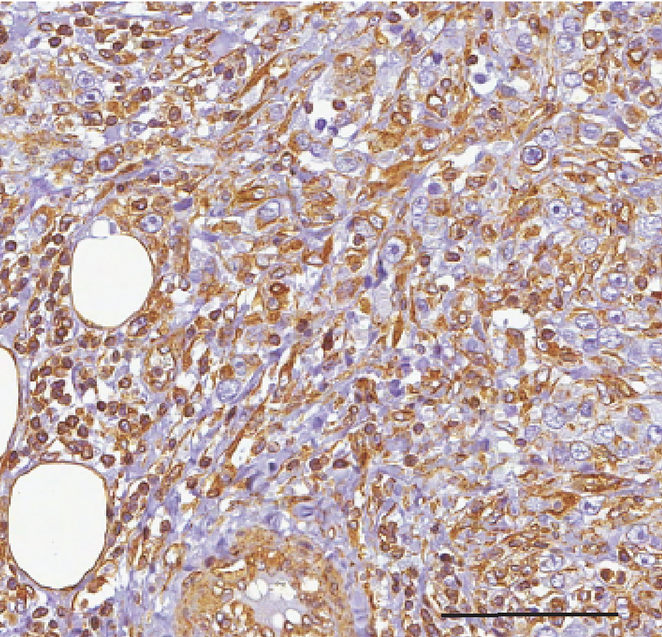
Targeting microRNAs could unmask hidden vulnerability in breast cancer stem cells
Researchers in Italy have identified a pair of microRNA molecules that help maintain a population of cancerous stem cells that drive the growth of breast cancers and initiate tumor relapse after treatment. The study, which will be published April 2 in the Journal of Cell Biology (JCB), reveals that targeting these microRNAs makes cancer stem cells more susceptible to some chemotherapies and could potentially improve the prognosis of patients with aggressive forms of breast cancer.
Placental Stem Cells Show Promise for Treating Preemies’ Necrotizing Enterocolitis
Article title: Human placental-derived stem cell therapy ameliorates experimental necrotizing enterocolitis Authors: Victoria G. Weis, Anna C. Deal, Gehad Mekky, Cara Clouse, Michaela Gaffley, Emily Whitaker, Cole B. Peeler, Jared A. Weis, Marshall Z. Schwartz, Anthony Atala From the authors:…
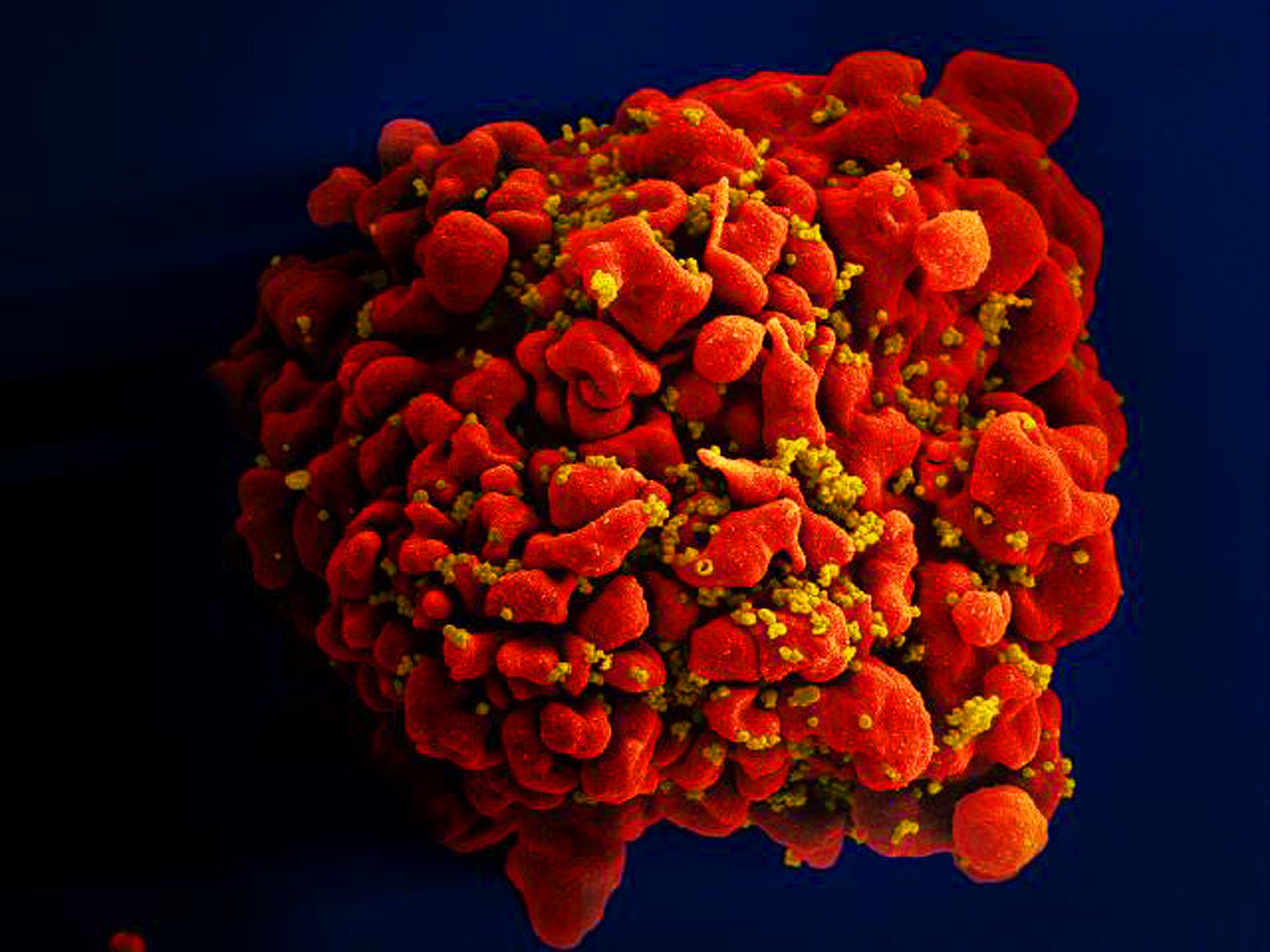
Researchers devise more efficient, enduring CAR gene therapy to combat HIV
A UCLA research team has shown that using a truncated form of the CD4 molecule as part of a gene therapy to combat HIV yielded superior and longer-lasting results in mouse models than previous similar therapies using the CD4 molecule.
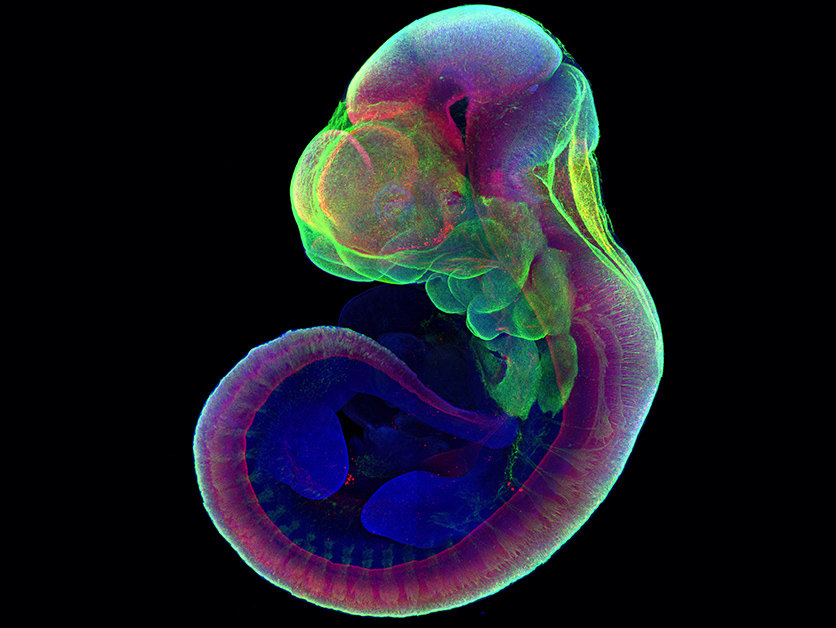
Weizmann Institute Scientists Grow Advanced Mouse Embryos Outside the Uterus
In a first, the Weizmann Institute’s Prof. Jacob Hanna and his group have grown mouse embryos in an artificial uterus. The feat allows scientists to study the early stages of development, with potential implications that include understanding why implantations fail and the gestational conditions behind developmental disorders, as well as reduced need for laboratory animals.
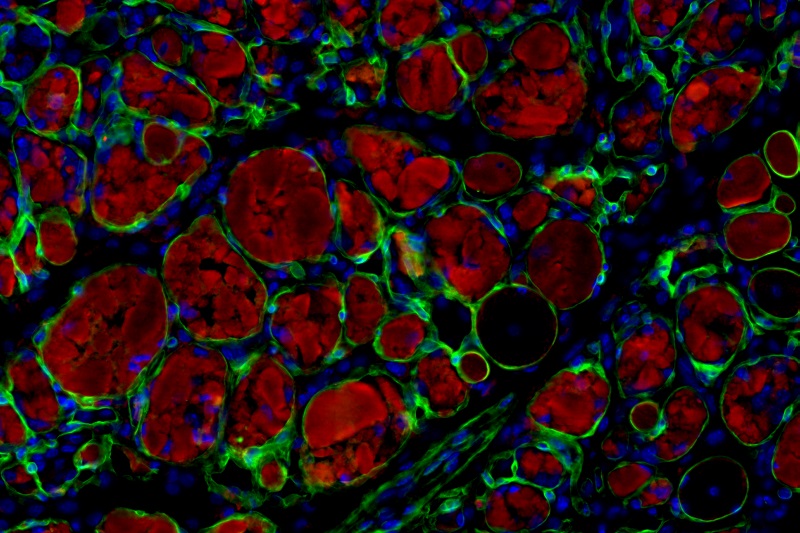
Chemical cocktail creates new avenues for generating muscle stem cells
A UCLA-led research team has identified a chemical cocktail that enables the production of large numbers of muscle stem cells, which can self-renew and give rise to all types of skeletal muscle cells.
Individualized brain cell grafts reverse Parkinson’s symptoms in monkeys
Grafting neurons grown from monkeys’ own cells into their brains relieved the debilitating movement and depression symptoms associated with Parkinson’s disease, researchers at the University of Wisconsin–Madison reported today.
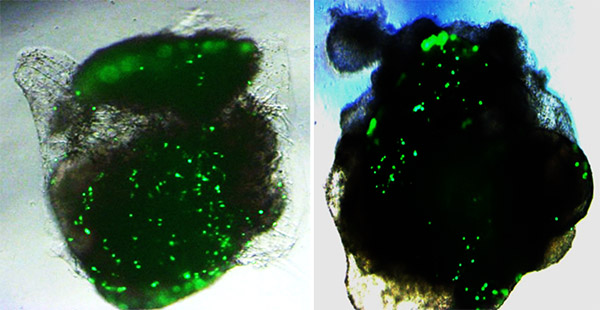
Human Lung and Brain Organoids Respond Differently to SARS-CoV-2 Infection in Lab Tests
UC San Diego School of Medicine researchers are using stem cell-derived organoids to study how SARS-CoV-2 interacts with various organ systems. Their findings may help explain the wide variety in COVID-19 symptoms and aid the search for therapies.

Evan Snyder named Fellow of the American Institute for Medical and Biological Engineering
The American Institute for Medical and Biological Engineering (AIMBE) has elected to its College of Fellows Evan Y. Snyder, M.D., Ph.D., professor and founding director of the Center for Stem Cells and Regenerative Medicine at Sanford Burnham Prebys Medical Discovery Institute. Snyder was nominated, reviewed, and elected by his peers and members of the College of Fellows for his seminal contributions to regenerative medicine.
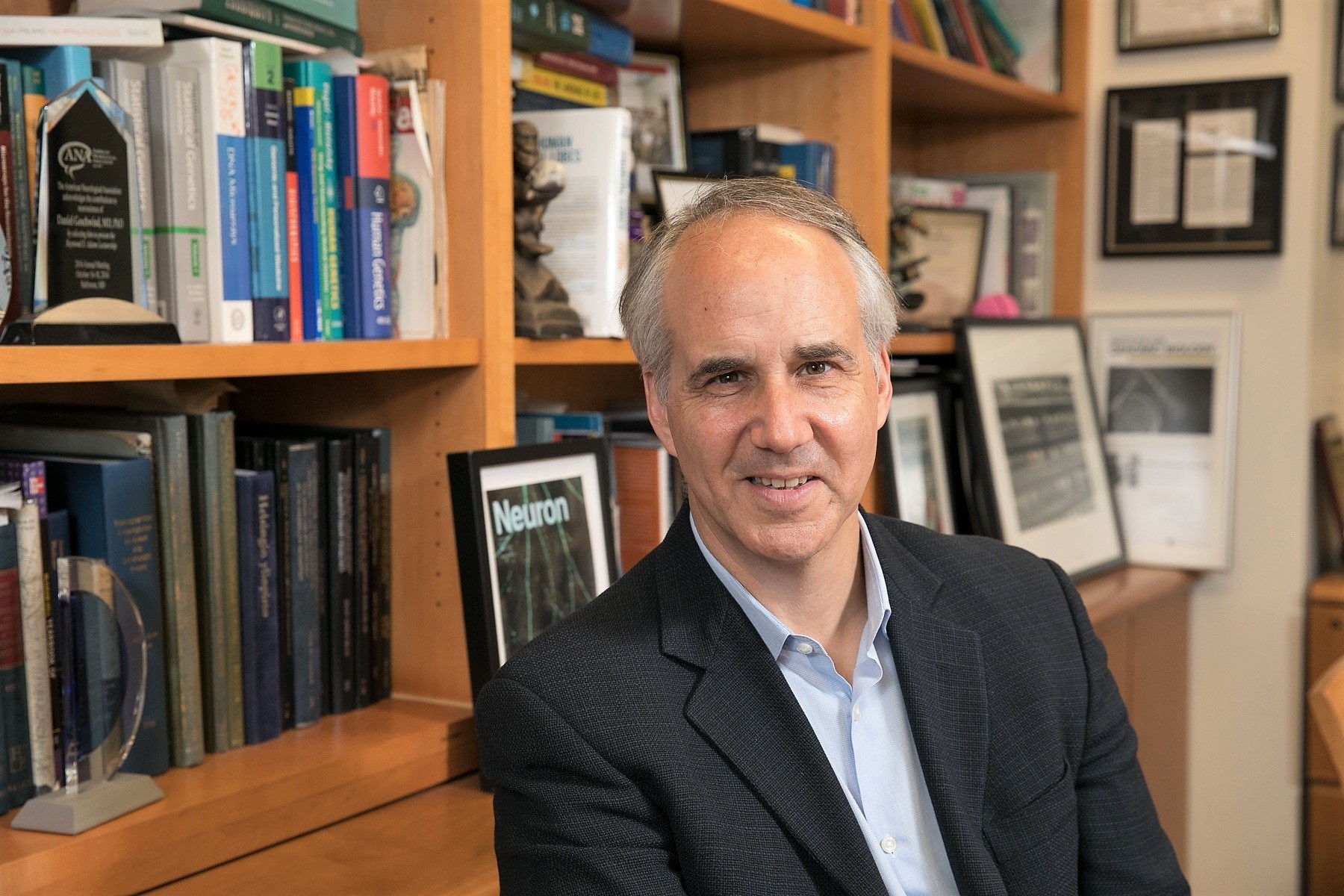
‘Mini brain’ organoids grown in lab mature much like infant brains
A new study from UCLA and Stanford University researchers finds that three-dimensional human stem cell-derived ‘mini brain’ organoids can mature in a manner that is strikingly similar to human brain development.
Mount Sinai Researchers Identify Mechanisms That Are Essential for Proper Skin Development
Mount Sinai researchers have discovered that Polycomb complexes, groups of proteins that maintain gene expression patterns, are essential for proper skin development, according to a paper published in Genes & Development on February 18.
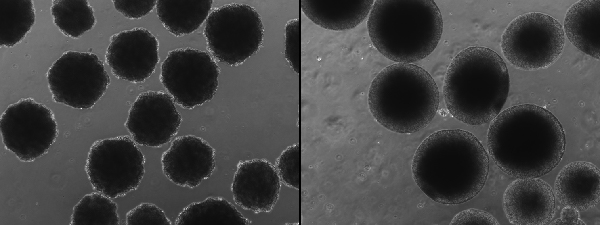
How a Single Gene Alteration May Have Separated Modern Humans from Predecessors
UC San Diego researchers discovered a single gene alteration that may help explain cognitive differences between modern humans and our predecessor, and used that information to develop Neanderthal-like brain organoids in the lab.
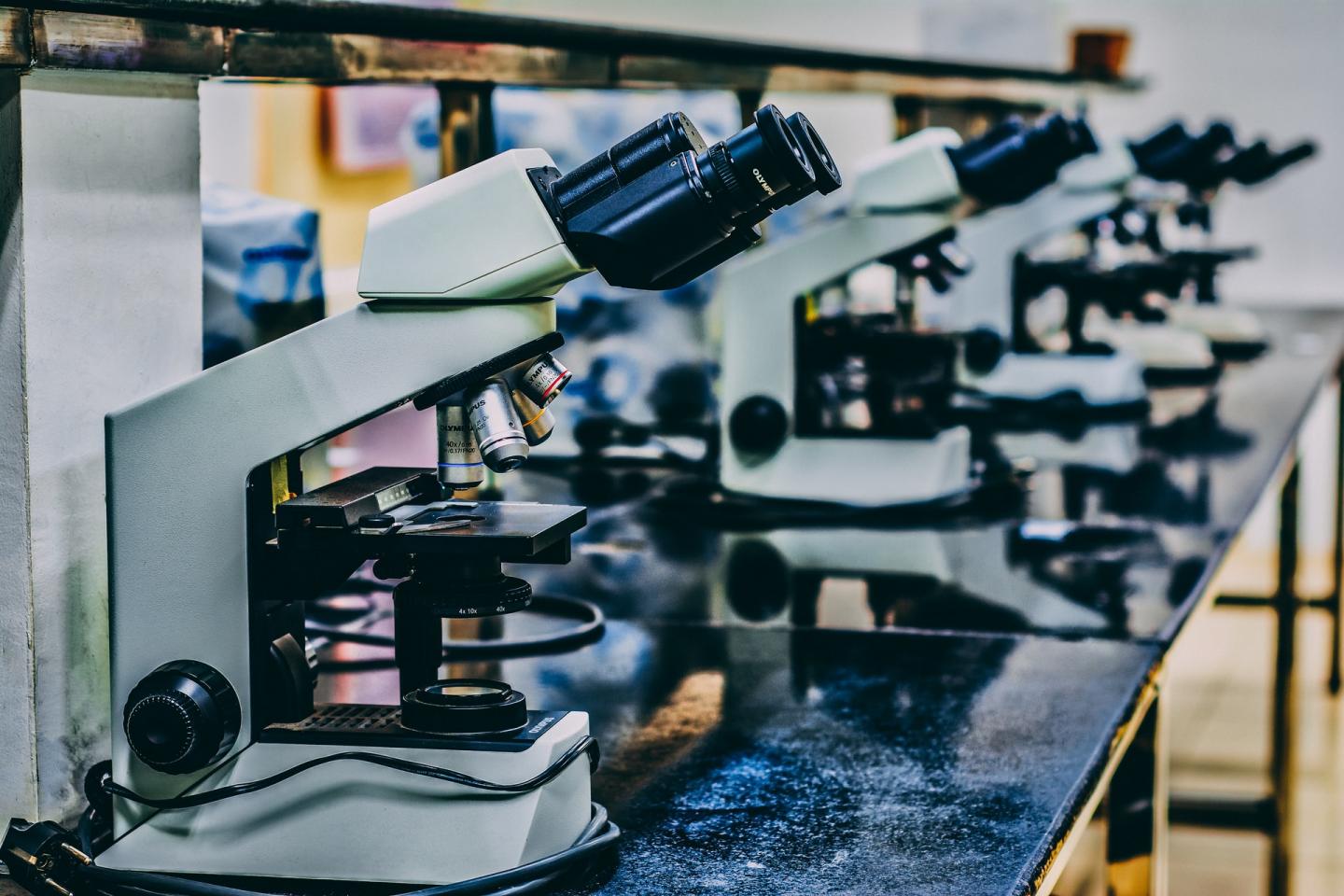
Scientists are a step closer to developing ‘smart’ stem cells – made from human fat
A new type of stem cell – that is, a cell with regenerative abilities – could be closer on the horizon, a new study led by UNSW Sydney shows.
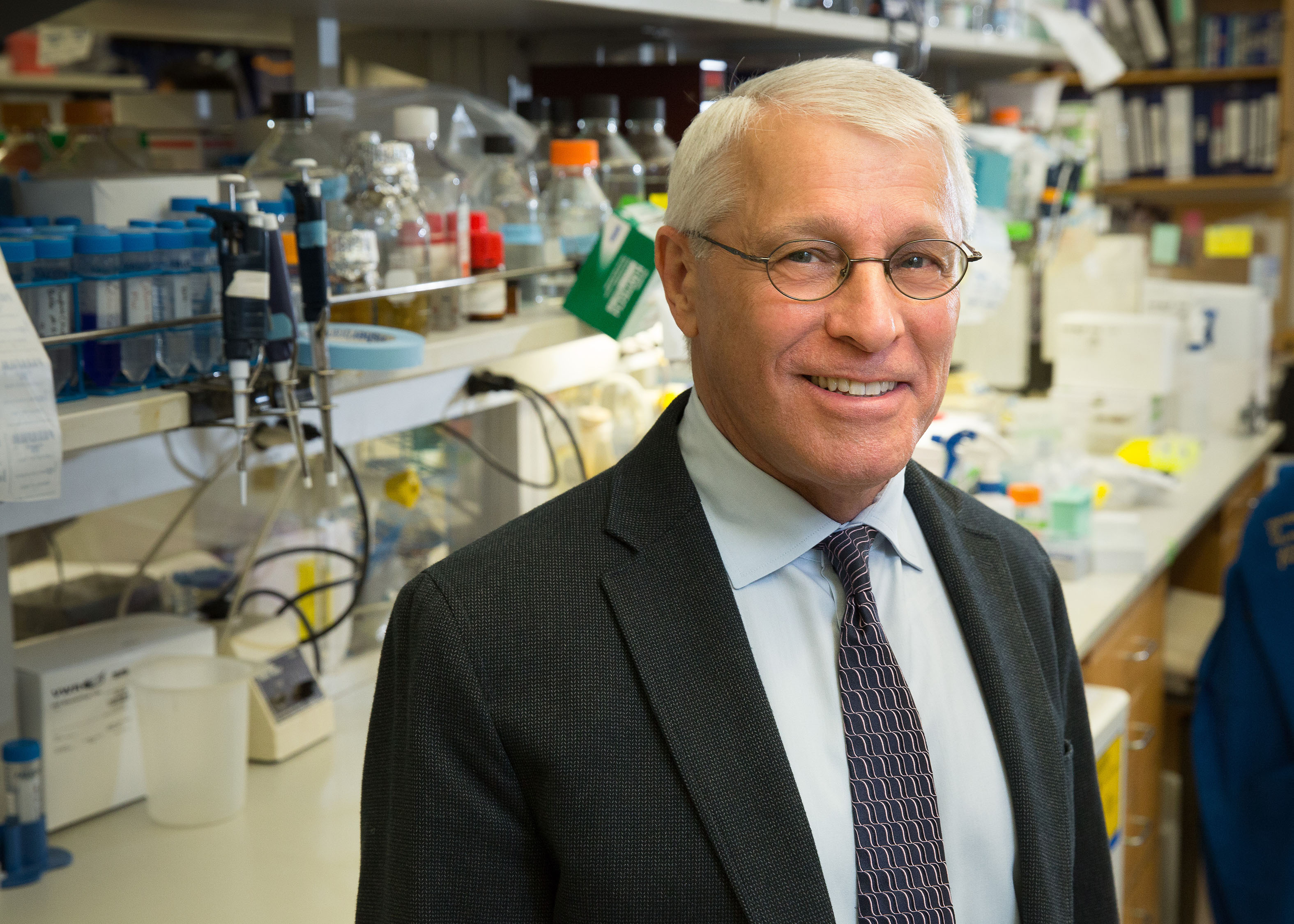
UCLA scientists develop method to more efficiently isolate and identify rare T cells
Scientists from the Eli and Edythe Broad Center of Regenerative Medicine and Stem Cell Research at UCLA have developed a technique that will enable researchers to more efficiently isolate and identify rare T cells that are capable of targeting viruses, cancer and other diseases.

University of Miami Miller School of Medicine Leads Groundbreaking Trial for COVID -19 Treatment
University of Miami Miller School of Medicine researchers led a unique and groundbreaking randomized controlled trial showing umbilical cord derived mesenchymal stem cell infusions safely reduce risk of death and quicken time to recovery for the severest COVID-19 patients, according to results published in STEM CELLS Translational Medicine in January 2021.
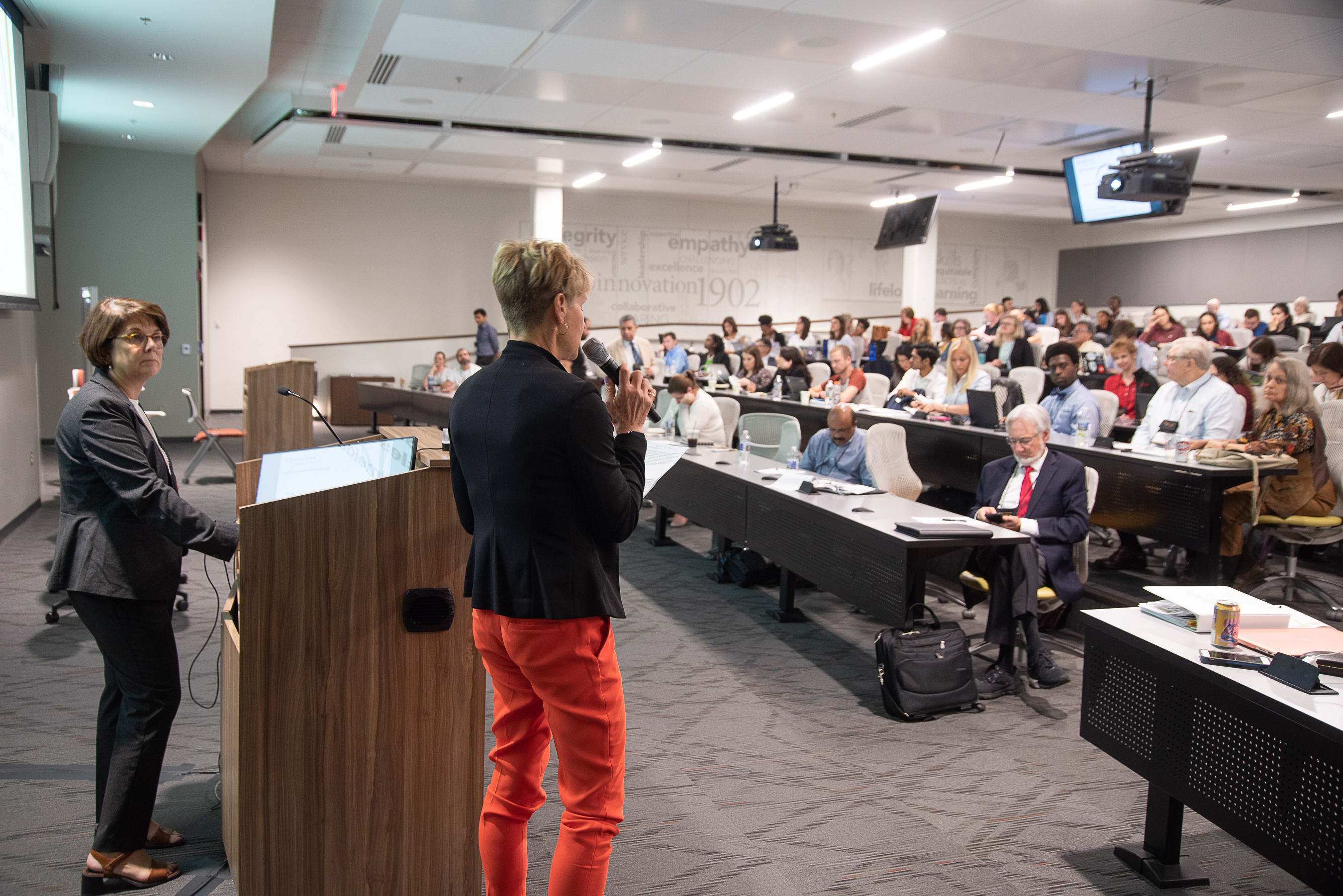
Leaders in stem cell science, regenerative medicine combine efforts in 2021
Leaders in stem cell science and regenerative medicine will combine two separate courses into one in June 2021.
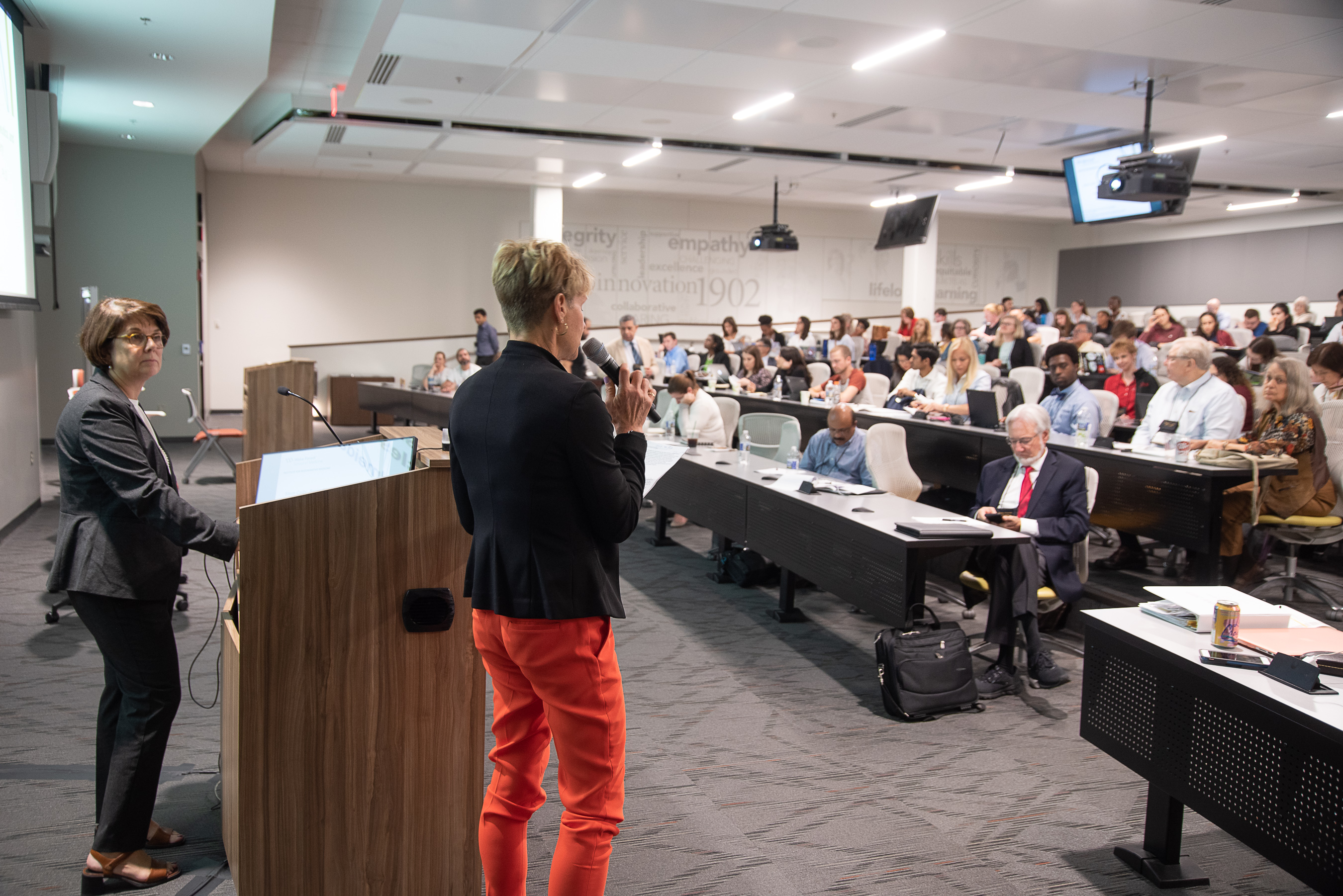
Advances in Stem Cell Science and Regenerative Medicine Highlighted in New Regenerative Medicine Essentials Course Co-Located with 2021 World Stem Cell Summit
Leaders in stem cell science and regenerative medicine will combine two separate courses into one in June 2021.
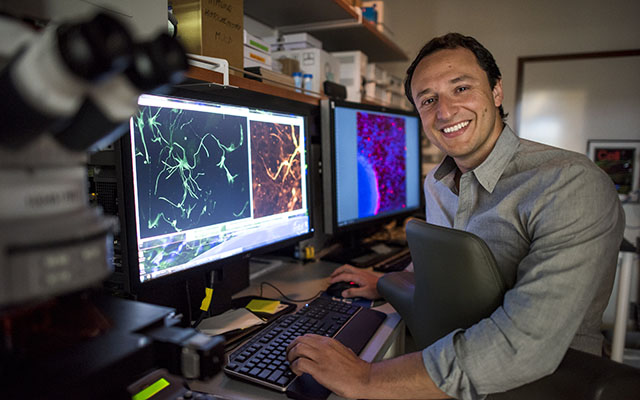
Lab-Grown Human Brain Organoids Mimic an Autism Spectrum Disorder, Help Test Treatments
UC San Diego researchers used brain organoids to identify two drug candidates that counteract the genetic deficiencies that cause Rett syndrome, a rare form of autism spectrum disorder.
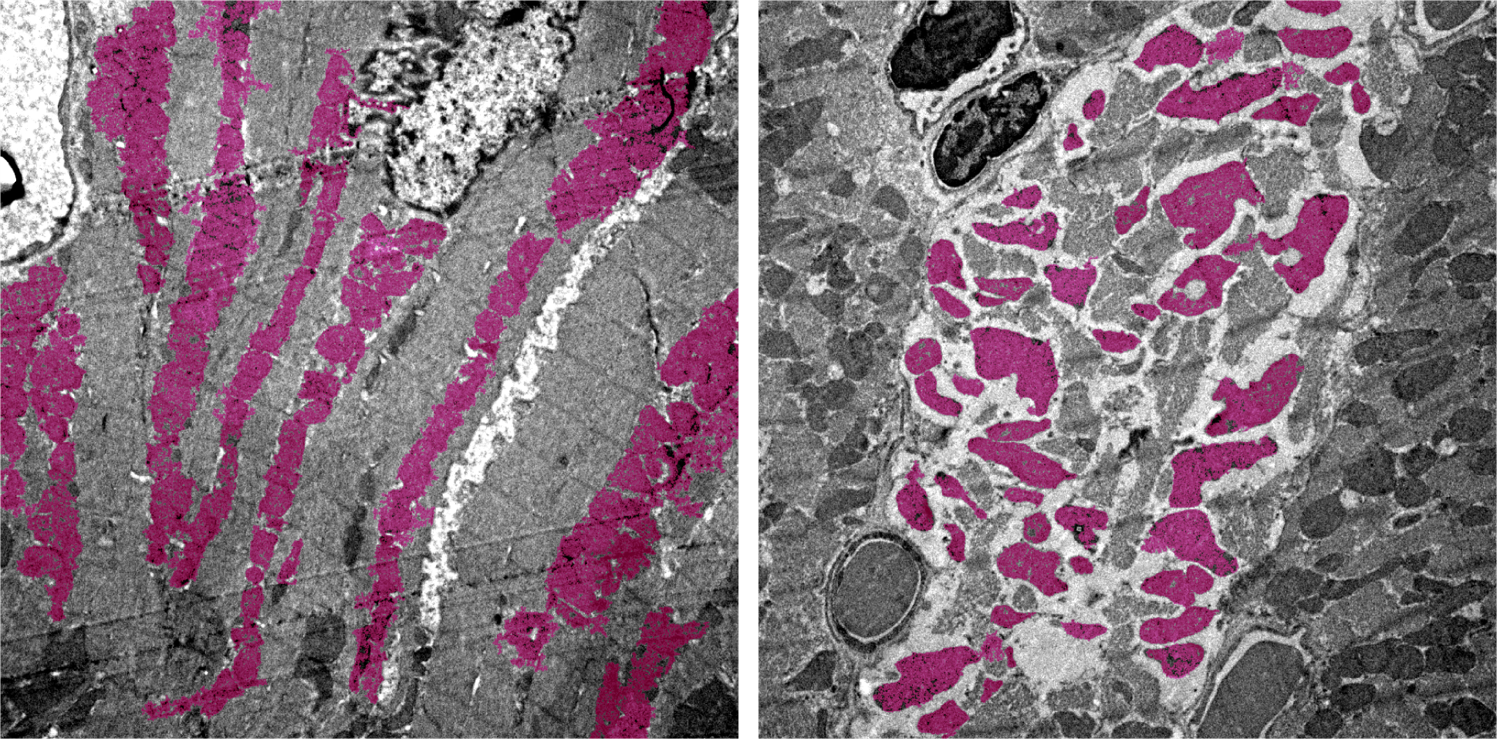
Scientists discover how COVID-19 virus causes multiple organ failure in mice
UCLA researchers are the first to create a version of COVID-19 in mice that shows how the disease damages organs other than the lungs. Using their model, the scientists discovered that the SARS-CoV-2 virus can shut down energy production in cells of the heart, kidneys, spleen and other organs.

Development of New Stem Cell Type May Lead to Advances In Regenerative Medicine
DALLAS – Dec. 3, 2020 – A team led by UT Southwestern has derived a new “intermediate” embryonic stem cell type from multiple species that can contribute to chimeras and create precursors to sperm and eggs in a culture dish.

Gene therapy gives man with sickle cell disease the chance for a better future
In July 2019, Evie Junior enrolled in a clinical trial for an experimental stem cell gene therapy for sickle cell disease. The study is led by UCLA Broad Stem Cell Research Center physician-scientists Dr. Donald Kohn and Dr. Gary Schiller and funded by the California Institute for Regenerative Medicine.
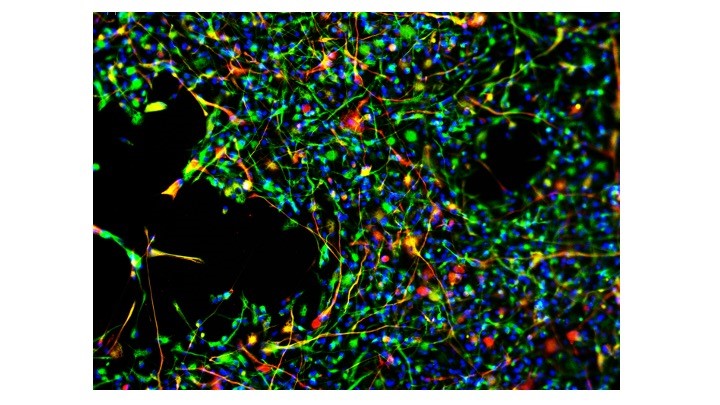
World’s first: Drug guides stem cells to desired location, improving their ability to heal
Scientists at Sanford Burnham Prebys Medical Discovery Institute have created a drug that can lure stem cells to damaged tissue and improve treatment efficacy—a scientific first and major advance for the field of regenerative medicine. The discovery, published in the Proceedings of the National Academy of Sciences (PNAS), could improve current stem cell therapies designed to treat such neurological disorders as spinal cord injury, stroke, amyotrophic lateral sclerosis (ALS) and other neurodegenerative disorders; and expand their use to new conditions, such as heart disease or arthritis.
Mount Sinai Cardiologist Awarded $2.9 Million NIH Grant to Advance Work with Stem Cells and Heart Repair after Heart Attack
Research may lead to identifying novel therapies for cardiac patients
Scientists identify compound that stimulates muscle cells in mice
UCLA researchers have identified a compound that can reproduce the effect of exercise in muscle cells in mice. The findings are published today in the journal Cell Reports Medicine.
Could a tiny fish hold the key to curing blindness?
Imagine this: A patient learns that they are losing their sight because an eye disease has damaged crucial cells in their retina. Then, under the care of their doctor, they simply grow some new retinal cells, restoring their vision.
Although science hasn’t yet delivered this happy ending, researchers are working on it – with help from the humble zebrafish. When a zebrafish loses its retinal cells, it grows new ones. This observation has encouraged scientists to try hacking the zebrafish’s innate regenerative capacity to learn how to treat human disease. That is why among the National Eye Institute’s 1,200 active research projects, nearly 80 incorporate zebrafish.
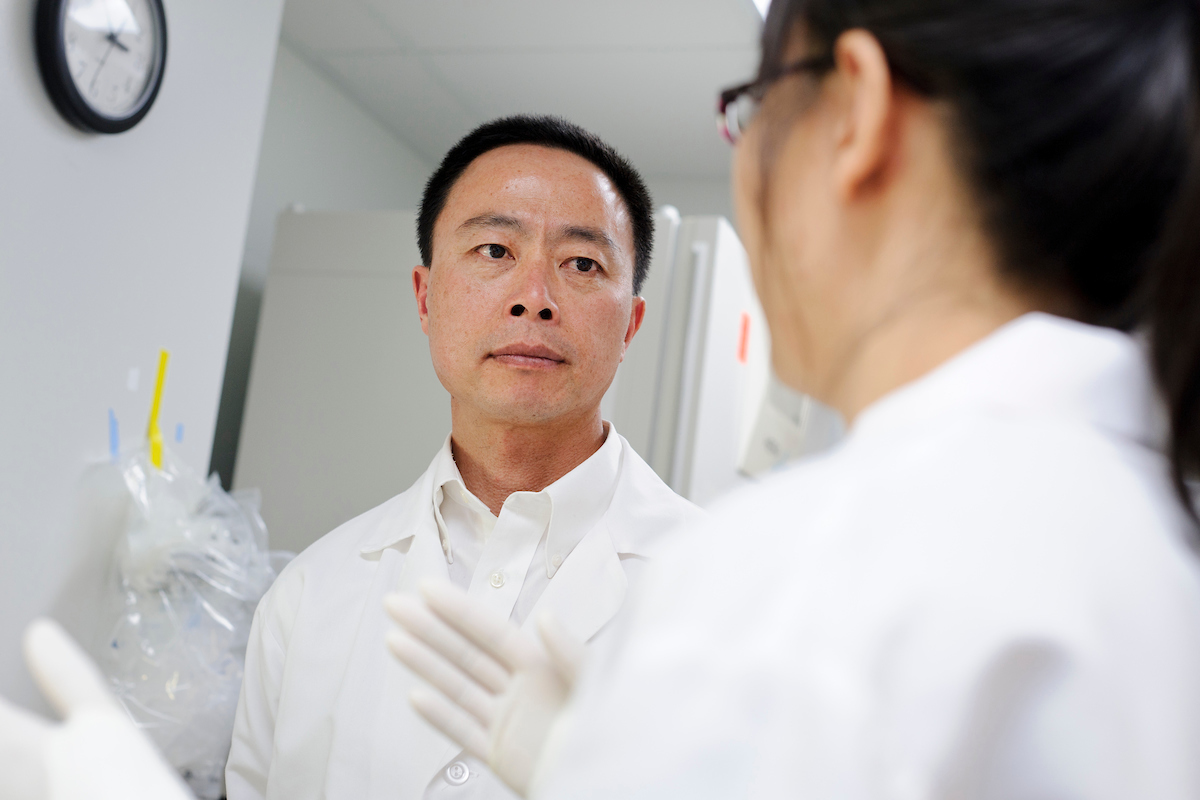
Stem cells can repair Parkinson’s-damaged circuits in mouse brains
University of Wisconsin–Madison researchers demonstrated a proof-of-concept stem cell treatment in a mouse model of Parkinson’s disease. They found that neurons derived from stem cells can integrate well into the correct regions of the brain, connect with native neurons and restore motor functions.
Shared protein fingerprint could simplify treatment of common inherited heart disease
University of Wisconsin–Madison scientists discovered that many different genetic mutations result in surprisingly similar changes to heart muscle proteins in patients with the most severe manifestations of hypertrophic cardiomyopathy.

Coaxing single stem cells into specialized cells
Researchers at the University of Illinois Chicago have developed a unique method for precisely controlling the deposition of hydrogel, which is made of water-soluble polymers commonly used to support cells in experiments or for therapeutic purposes. The researchers noticed that their technique – which allows for the encapsulation of a single cell within a minute hydrogel droplet – can be used to coax bone marrow stem cells into specialized cells.
New Collection of Rett Syndrome Stem Cells Available from Coriell Institute for Medical Research
The Coriell Institute for Medical Research has added a new collection of stem cells to its biobank offerings. The new collection is a result of a collaboration between Coriell and the Rett Syndrome Research Trust (RSRT) and consists of 10 lines of human induced pluripotent stem cells created from blood donated by individuals with Rett syndrome.
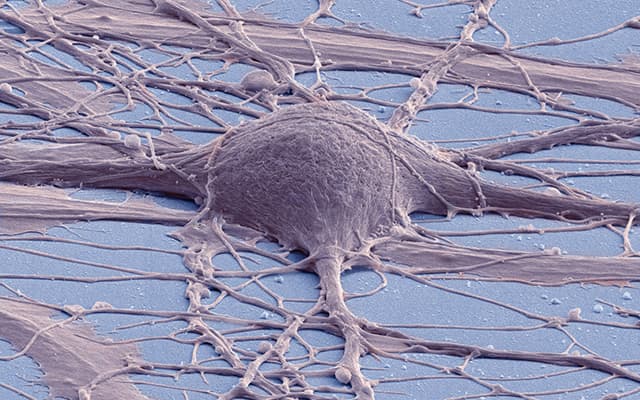
Implanted Neural Stem Cell Grafts Show Functionality in Spinal Cord Injuries
Researchers at UC San Diego School of Medicine report successfully implanting specialized grafts of neural stem cells directly into spinal cord injuries in mice, then documenting how the grafts grew and filled the injury sites, mimicking the animals’ existing neuronal network.
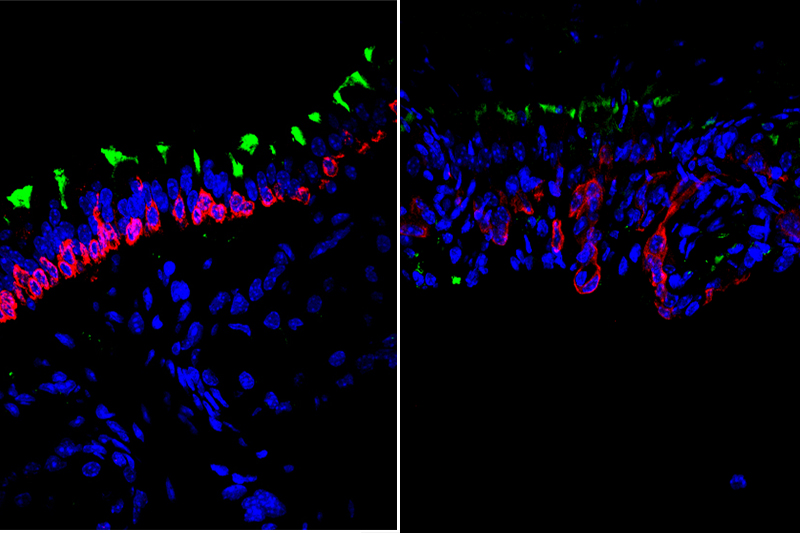
How airway cells work together in regeneration and aging
Researchers at the Eli and Edythe Broad Center of Regenerative Medicine and Stem Cell Research at UCLA have identified the process by which stem cells in the airways of the lungs switch between two distinct phases — creating more of themselves and producing mature airway cells — to regenerate lung tissue after an injury.
Communication between Skeletal Muscle Stem Cells and Fibers Supports Muscle Growth in Mice
A new study suggests that communication between skeletal muscle cells and muscle fibers promotes muscle growth. Adult muscle stem cells, called satellite cells, release extracellular vesicles that are delivered to muscle fibers responsible for contraction, to promote this muscle growth. The first-of-its-kind study is published ahead of print in the journal Function.

Sanford Burnham Prebys receives CIRM award for COVID-19 research
Sanford Burnham Prebys Medical Discovery Institute has received an award from the California Institute for Regenerative Medicine (CIRM) to advance promising drug candidates for COVID-19. The research team will test two existing drugs against “mini lungs in a dish” that have been infected with SARS-CoV-2.

Umbilical Cord Blood Successfully Treats Rare Genetic Disorders in Largest Study to Date
Infusing umbilical cord blood – a readily available source of stem cells – safely and effectively treated 44 children born with various non-cancerous genetic disorders, including sickle cell, thalassemia, Hunter syndrome, Krabbe disease, MLD, and an array of immune deficiencies.
New Clues from Fruit Flies about the Critical Role of Sex Hormones in Stem Cell Control
In one of the first studies addressing the role of sex hormones’ impact on stem cells in the gut, scientists outline new insights showing how a steroidal sex hormone that is structurally and functionally similar to human steroid hormones drastically alters the way intestinal stem cells behave, ultimately affecting the overarching structure and function of this critical organ. The authors found that ecdysone, a steroid hormone produced by fruit flies, stimulates intestinal stem cell growth and causes the gut of the female fruit fly to grow in size, as well as other critical changes.
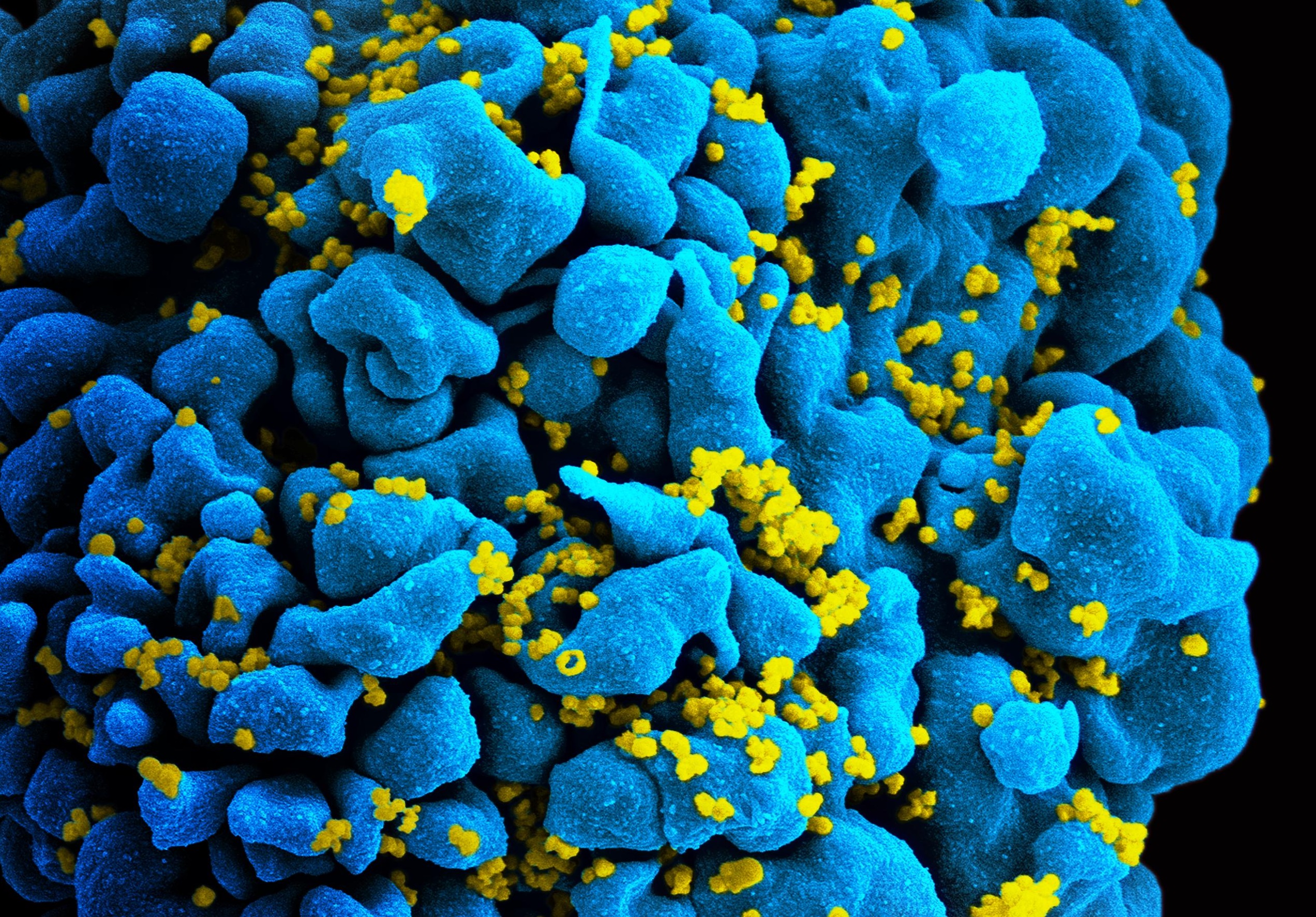
UCLA receives nearly $14 million from NIH to investigate gene therapy to combat HIV
UCLA researchers and colleagues have received a $13.65 million grant from the National Institutes of Health to investigate and further develop an immunotherapy known as CAR T, which uses genetically modified stem cells to target and destroy HIV.
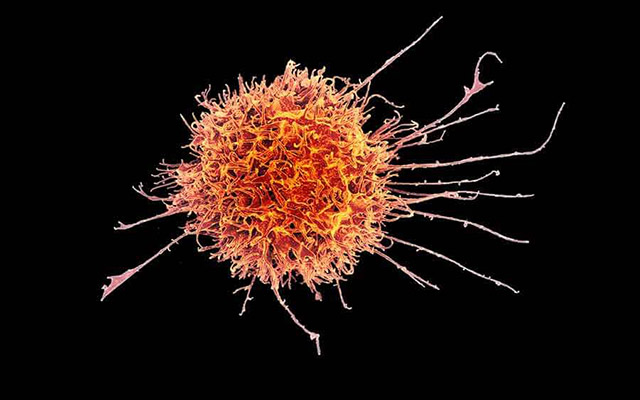
Putting “Super” in Natural Killer Cells
Using induced pluripotent stem cells (iPSCs) and deleting a key gene, researchers at University of California San Diego School of Medicine have created natural killer cells — a type of immune cell — with measurably stronger activity against a form of leukemia, both in vivo and in vitro.
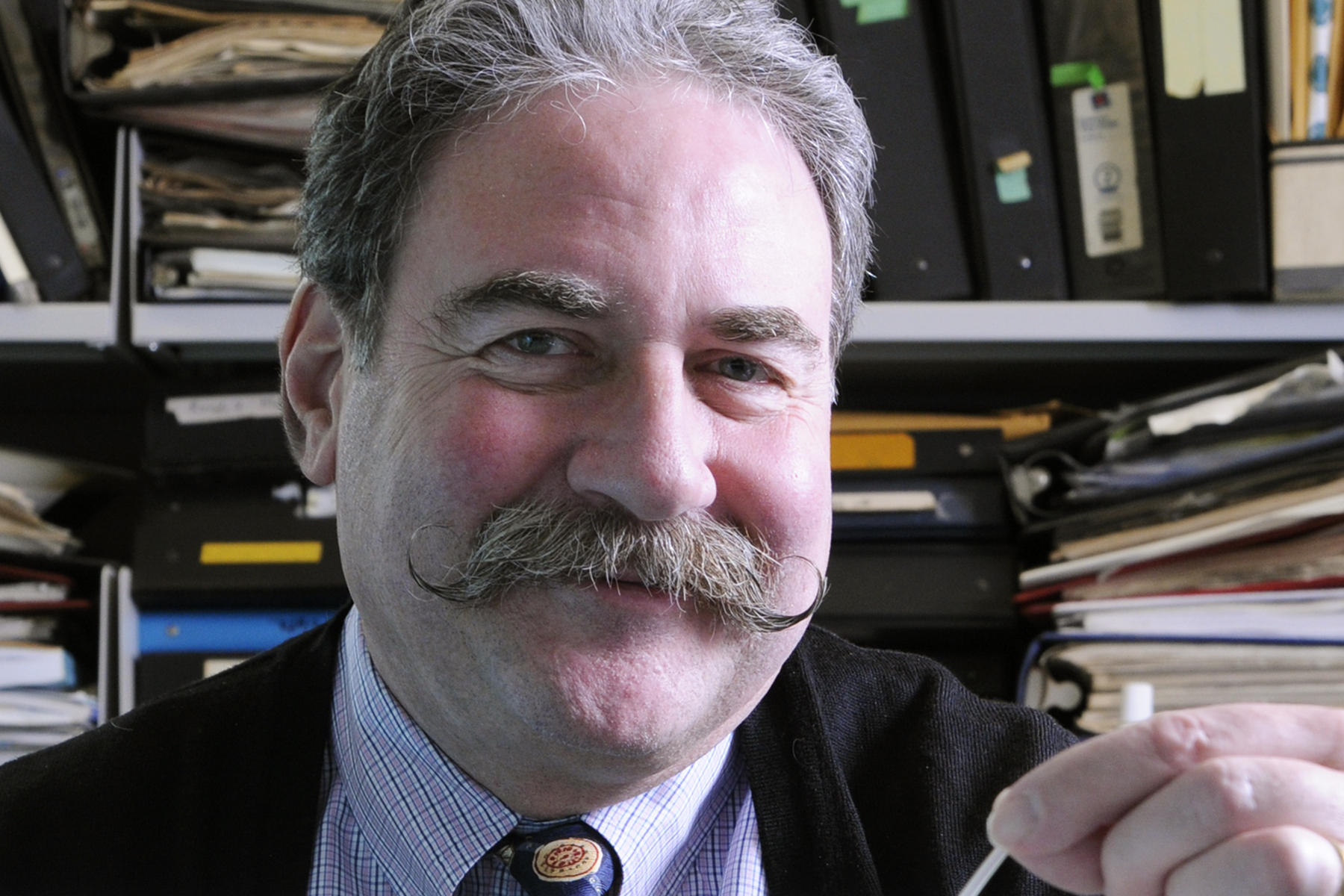
Adult stem cell study shows fish oil may help with depression
A study published in Molecular Psychiatry shows that patient-derived adult stem cells can be used to model major depressive disorder and test how a patient may respond to medication and that fish oil, when tested in the model, created an antidepressant response.
Low-intensity Exercise with Blood Flow Restriction May Improve Muscle Health
Article title: Blood flow restriction exercise stimulates mobilization of hematopoietic stem/progenitor cells and increases the circulating ACE2 levels in healthy adults Authors: Shrinidh Joshi, Sean Mahoney, Jesmin Jahan, Logan Pitts, Kyle J. Hackney, Yagna P.R. Jarajapu From the authors: “This study…

Scientists show MRI predicts the efficacy of a stem cell therapy for brain injury
Scientists at Sanford Burnham Prebys Medical Discovery Institute and Loma Linda University Health have demonstrated the promise of applying magnetic resonance imaging (MRI) to predict the efficacy of using human neural stem cells to treat a brain injury—a first-ever “biomarker” for regenerative medicine that could help personalize stem cell treatments for neurological disorders and improve efficacy. The study was published in Cell Reports.
Stem cells shown to delay their own death to aid healing
A new study shows how stem cells – which can contribute to creating many parts of the body, not just one organ or body part – are able to postpone their own death in order to respond to an injury that needs their attention. The study was done in planarians, which are tiny worms used as model organisms to study regeneration because of their ability to recover from any injury using stem cells.
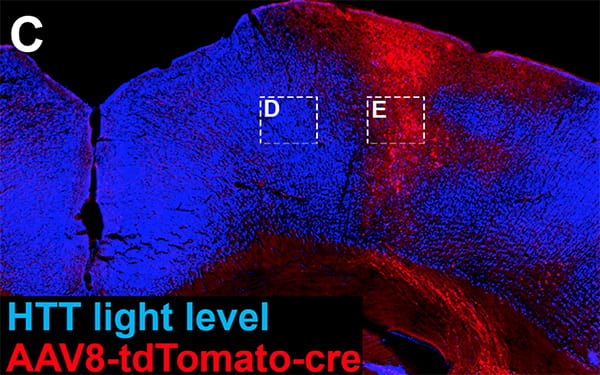
When Damaged, the Adult Brain Repairs Itself by Going Back to the Beginning
When adult brain cells are injured, they revert to an embryonic state, say researchers at UC San Diego School of Medicine. In their newly adopted immature state, the cells become capable of re-growing new connections that, under the right conditions, can help to restore lost function.
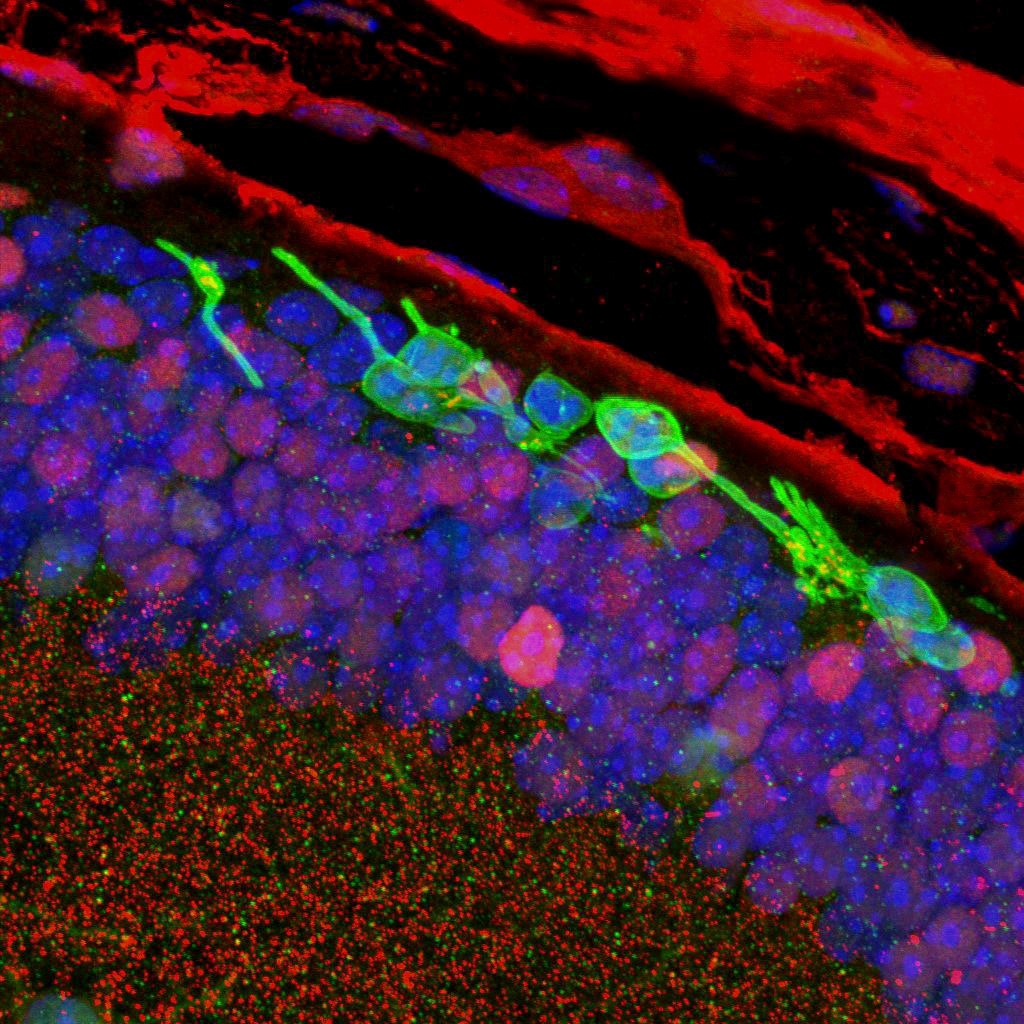
Researchers restore sight in mice by turning skin cells into light-sensing eye cells
Researchers have discovered a technique for directly reprogramming skin cells into light-sensing rod photoreceptors used for vision, sidestepping the need for stem cells. The lab-made rods enabled blind mice to detect light after the cells were transplanted into the animals’ eyes.

UC San Diego to Advance Stem Cell Therapies in New Space Station Lab
UC San Diego and Space Tango received a NASA award to develop the first dedicated stem cell research laboratory within the International Space Station.
Coriell Institute Awarded $9.2M Biobanking Grant from National Institute of General Medical Sciences
The Coriell Institute for Medical Research has been awarded a $9.2 million grant through an open competition from the National Institute of General Medical Sciences (NIGMS). This five-year award keeps Coriell in place as the steward of the NIGMS Human Genetic Cell Repository, a world-renowned collection of high quality cell lines and DNA samples representing genetic diseases, distinct human populations around the world, and more.
How Gene Therapy May Hold Key to Treating Life-Threatening Cardiac Disease
New study finds gene therapy improved cardiac, muscle and liver function in Danon disease mouse models.
Engineers develop skin rejuvenation method using stem cells
BINGHAMTON, NY — Vesicles derived from human stem cells can be used to rejuvenate skin, according to a research team including faculty at Binghamton University, State University of New York. The use of stem cell-derived extracellular vesicles (EVs) as a cell-free…
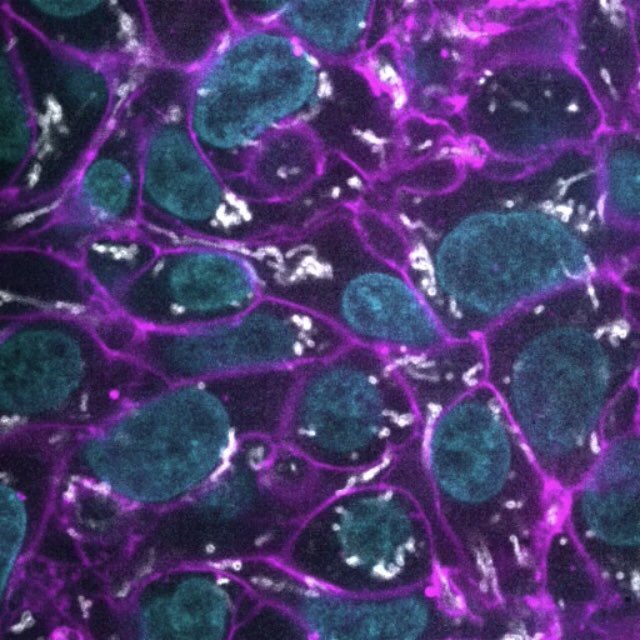
Allen Institute for Cell Science Extends Agreement with Coriell Institute for Medical Research
The Allen Institute has extended its contract with the Coriell Institute for Medical Research for the storage and distribution of its Allen Cell Collection, a cutting-edge collection of gene-edited human induced pluripotent stem cell lines. This collection was launched in 2016 with five cell lines, and since has grown to include more than 40 lines. The new agreement will continue this relationship for an additional three years.